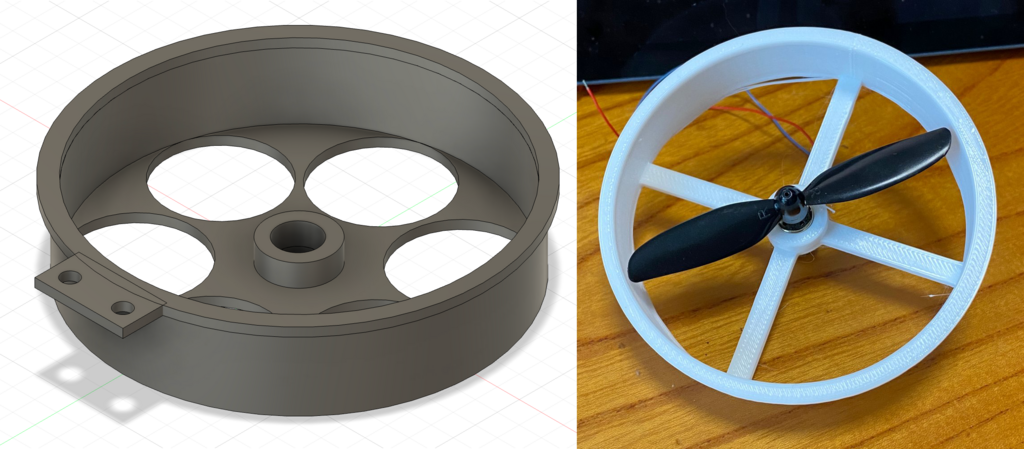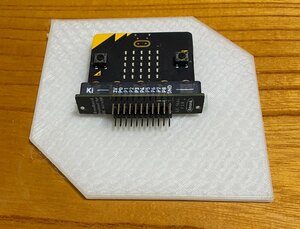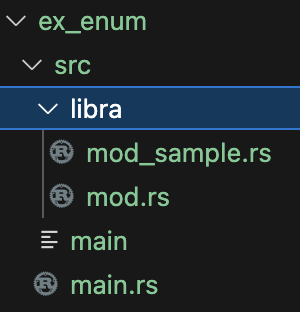https://doc.rust-jp.rs/rust-by-example-ja/fn/methods.html
のサンプルでsquareをtranslate()しただけで途中で結果の出力がないので補足、Pair部分はPoint ~~ Suareからは独立している部分になってます。
関連関数(associated function)はそのままの訳ですが、ここではPointという特定のタイプとだけ関連づけられているので、そのように呼ばれるようです。
一方メソッドは、構造体の文脈(ここでは構造体Rectangle)に関連づけられています。ここでrectangleとsquareという変数を作成していますが、交差する辺の長さが違うか同じかだけで、squareをmutableにすることでtranslate(ここでは平面移動)ができるようにしています。
// associated function & method
//
struct Point {
x: f64,
y: f64,
}
// Implementation block, all `Point` associated functions & methods go in here
impl Point {
// This is an "associated function" because this function is associated with
// a particular type, that is, Point.
//
// Associated functions don't need to be called with an instance.
// These functions are generally used like constructors.
fn origin() -> Point {
Point { x: 0.0, y: 0.0 }
}
// Another associated function, taking two arguments:
fn new(x: f64, y: f64) -> Point {
Point { x: x, y: y }
}
}
struct Rectangle {
p1: Point,
p2: Point,
}
impl Rectangle {
// This is a method
// `&self` is sugar for `self: &Self`, where `Self` is the type of the
// caller object. In this case `Self` = `Rectangle`
fn area(&self) -> f64 {
// `self` gives access to the struct fields via the dot operator
let Point { x: x1, y: y1 } = self.p1;
let Point { x: x2, y: y2 } = self.p2;
// `abs` is a `f64` method that returns the absolute value of the
// caller
((x1 - x2) * (y1 - y2)).abs()
}
fn perimeter(&self) -> f64 {
let Point { x: x1, y: y1 } = self.p1;
let Point { x: x2, y: y2 } = self.p2;
2.0 * ((x1 - x2).abs() + (y1 - y2).abs())
}
// This method requires the caller object to be mutable
// `&mut self` desugars to `self: &mut Self`
fn translate(&mut self, x: f64, y: f64) {
self.p1.x += x;
self.p2.x += x;
self.p1.y += y;
self.p2.y += y;
}
}
// `Pair` owns resources: two heap allocated integers
struct Pair(Box, Box);
impl Pair {
// This method "consumes" the resources of the caller object
// `self` desugars to `self: Self`
fn destroy(self) {
// Destructure `self`
let Pair(first, second) = self;
println!("Destroying Pair({}, {})", first, second);
// `first` and `second` go out of scope and get freed
}
}
fn main() {
let rectangle = Rectangle {
// Associated functions are called using double colons
p1: Point::origin(),
p2: Point::new(3.0, 4.0),
};
// Methods are called using the dot operator
// Note that the first argument `&self` is implicitly passed, i.e.
// `rectangle.perimeter()` === `Rectangle::perimeter(&rectangle)`
println!("Rectangle perimeter: {}", rectangle.perimeter());
println!("Rectangle area: {}", rectangle.area());
let mut square = Rectangle {
p1: Point::origin(),
p2: Point::new(2.0, 2.0),
};
// Error! `rectangle` is immutable, but this method requires a mutable
// object
//rectangle.translate(1.0, 0.0);
// TODO ^ Try uncommenting this line
// Okay! Mutable objects can call mutable methods
square.translate(1.0, 1.0);
println!("Square perimeter: {}", square.perimeter());
println!("Square area: {}", square.area());
//
// separated from here
//
let pair = Pair(Box::new(1), Box::new(2));
pair.destroy();
// Error! Previous `destroy` call "consumed" `pair`
//pair.destroy();
// TODO ^ Try uncommenting this line
}
admin




